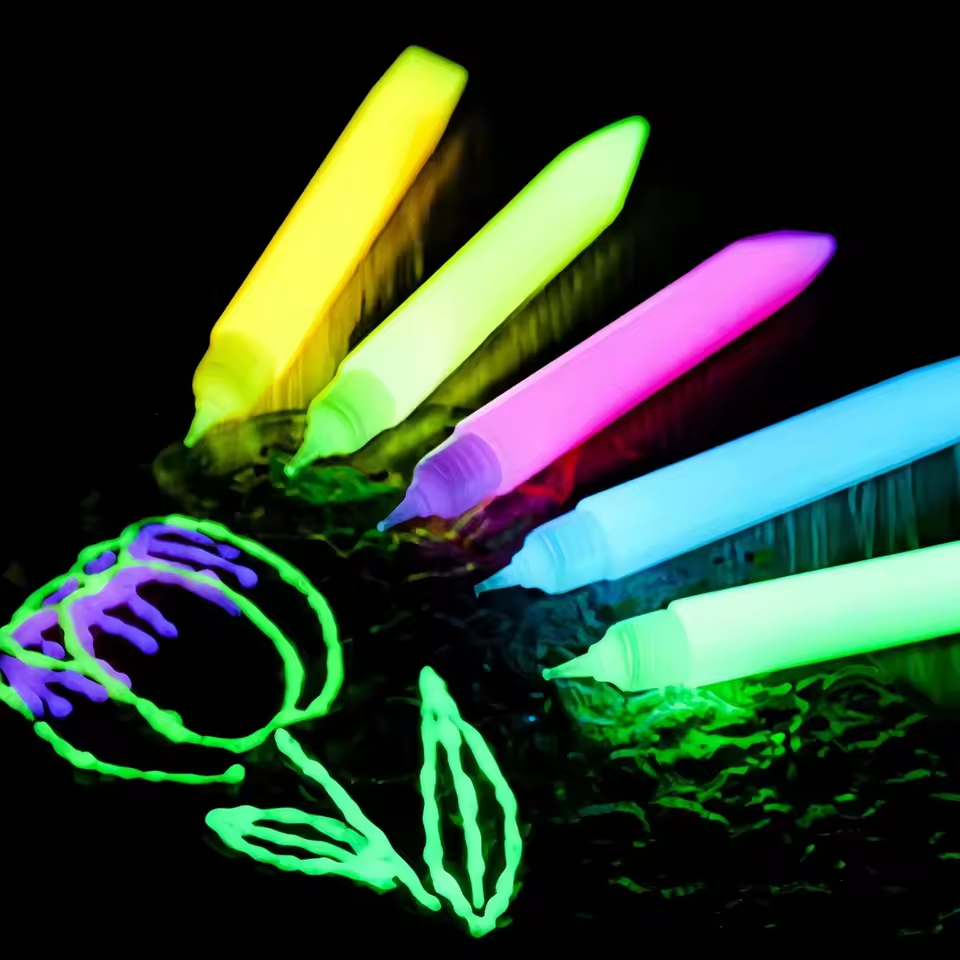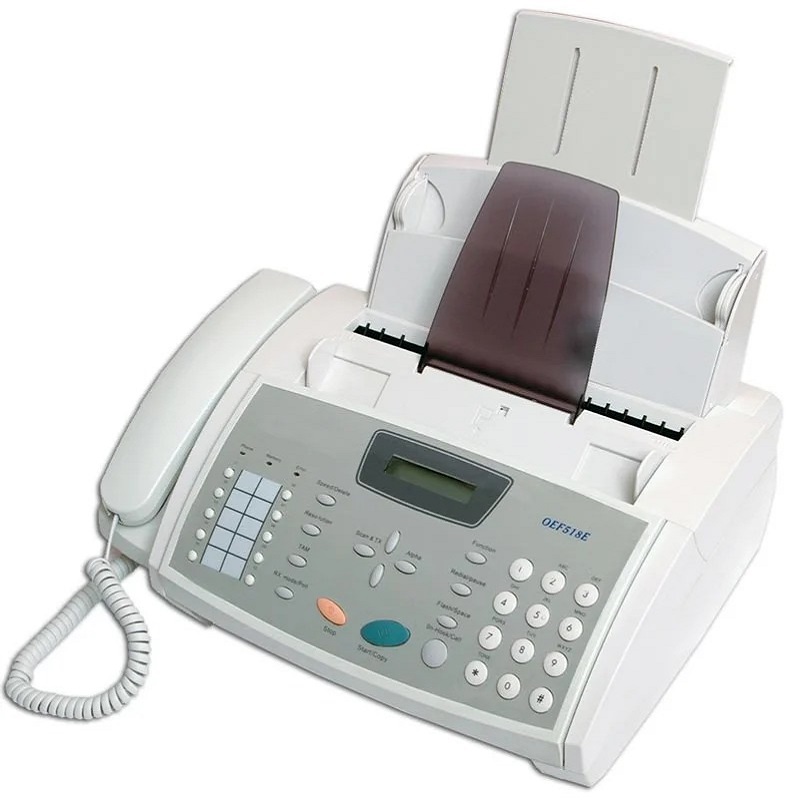Creating a harmonious and inspiring environment is crucial when designing an dream color palette office space. One effective way to achieve this is by incorporating a dream color palette. A thoughtfully chosen color scheme can significantly impact the overall ambiance, employee mood, and productivity within the workplace. In this comprehensive guide, we will explore the principles of color psychology and provide insights into using a dream color palette to decorate your office. Let’s delve into the world of color design and discover how to transform your workspace into an aesthetically pleasing and productive environment.
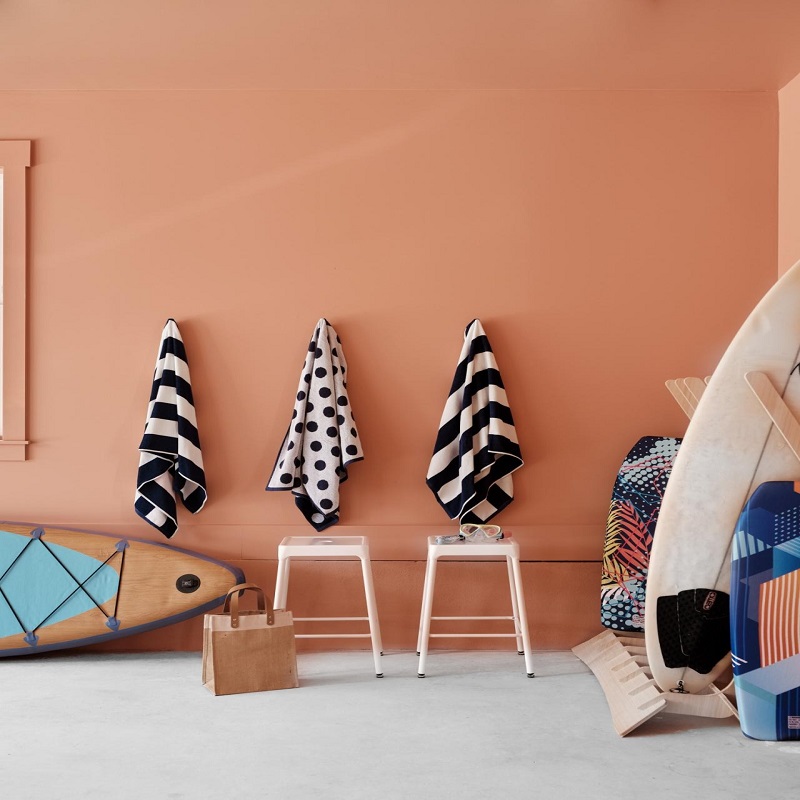
Understanding Color Psychology:
- Blue:
Blue is associated with calmness, productivity, and focus. Incorporating shades of blue into your office design can create a serene atmosphere that fosters concentration and efficiency. - Green:
Green signifies growth, harmony, and balance. This color is known for its soothing effect and connection to nature. Integrating green into your office decor can promote a sense of tranquility and well-being among employees. - Yellow:
Yellow is linked to energy, positivity, and creativity. Adding pops of yellow can inspire innovation and happiness within the workplace, encouraging employees to think creatively and stay motivated. - Orange:
Orange represents enthusiasm, vibrancy, and warmth. Incorporating orange accents can provide a burst of energy and create a welcoming environment that encourages collaboration and communication. - Purple:
Purple symbolizes luxury, creativity, and wisdom. Incorporating shades of purple can evoke a sense of elegance and stimulate creative thinking within the office space.
Choosing a Dream Color Palette:
- Primary Color Selection:
Select a primary color based on the desired atmosphere and goals for your office space. Consider factors such as the nature of work conducted, company culture, and employee preferences. - Complementary Colors:
Choose complementary colors that complement the primary color selected. This creates a visually appealing and balanced color combination within the office design.
Implementing the Dream Color Palette:
- Walls and Paint:
The color of the walls has a significant impact on the overall ambiance of the office. Paint walls in the selected colors, whether using a monochromatic approach or combining multiple shades from your dream color palette to create energetic, calming, or harmonious spaces. - Furniture and Accessories:
Incorporate the dream ibis paint color palette into office furniture, such as desks, chairs, and cabinets, as well as accessories like curtains, carpets, and artwork. This integration ensures a cohesive and aesthetically pleasing environment. - Lighting Considerations:
Lighting plays a crucial role in color perception. Adjust the office lighting to showcase the dream color palette effectively. Utilize natural light whenever possible and combine it with artificial lighting options to enhance the chosen color scheme.
Employee Engagement and Communication:
- Employee Preferences:
Consider conducting surveys or involving employees in the color selection process to ensure their preferences align with the dream color palette. This fosters a sense of ownership and engagement among employees. - Communication and Education:
Educate employees about the chosen color psychology principles to help them understand the intended atmosphere and positivity associated with the office design. Encourage open communication and feedback regarding the implemented colors.
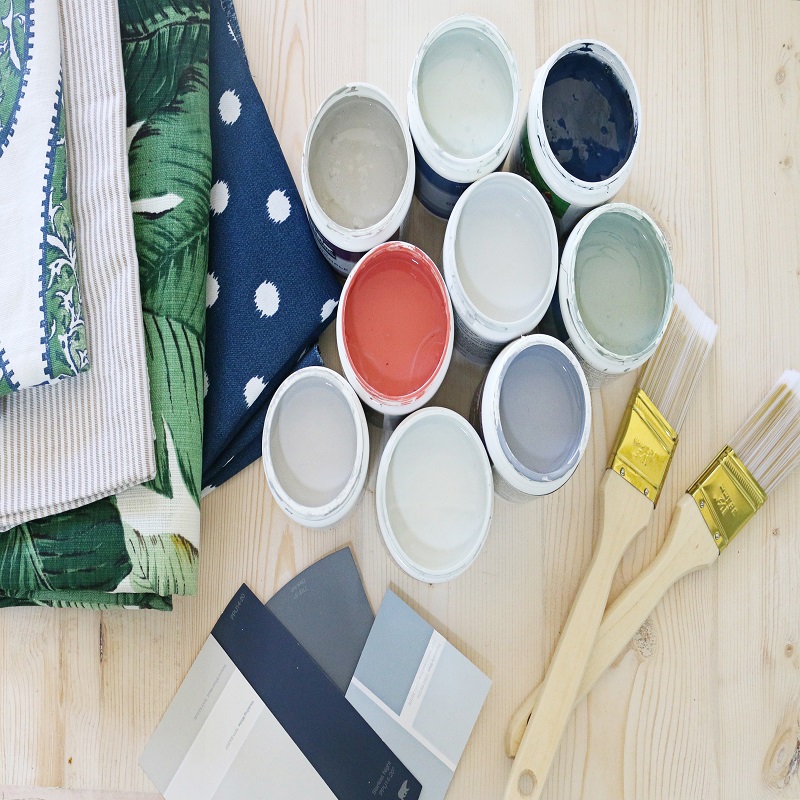
Maintenance and Longevity:
- Durability and Versatility:
Choose high-quality materials and finishes that can withstand everyday wear and tear. Ensure the selected colors and finishes will remain visually appealing and relevant in the long term. - Adaptability:
Keep in mind the need for adaptability as the office evolves. Ensure the dream color palette allows for flexibility in rearranging office spaces or accommodating changes in company branding or culture.
How to match the colors of dream color palette
Designing a dream color palette involves combining colors in a harmonious and visually appealing way. The strategic use of color combinations can evoke specific moods, enhance aesthetics, and create a cohesive atmosphere within a space.
Understanding Color Relationships:
- Color Wheel Basics:
Familiarize yourself with the color wheel, a visual representation of colors in a circular format. The color wheel comprises primary colors (red, blue, and yellow), secondary colors (orange, green, and purple), and tertiary colors (created by mixing primary and secondary colors). - Color Harmony:
Color harmony refers to the pleasing arrangement of colors. Key color harmony concepts include complementary colors, analogous colors, and triadic color schemes.
Complementary Color Schemes:
- Complementary Colors:
Complementary colors are opposite each other on the color wheel. Combining complementary colors creates a vibrant contrast that enhances each color’s intensity and visual appeal. Examples include blue and orange, red and green, and yellow and purple. - Split-Complementary Colors:
A split-complementary color scheme involves selecting one color and pairing it with the two colors adjacent to its complement on the color wheel. This creates a balanced and visually interesting combination. For instance, combining blue with yellow-orange and red-orange.
Analogous Color Schemes:
- Analogous Colors:
Analogous colors are next to each other on the color wheel. They create a harmonious and visually smooth transition when combined. For example, blue-green, green, and yellow-green form an analogous color scheme. - Monochromatic Schemes:
A monochromatic color scheme involves using various shades, tints, and tones of a single color. This creates a visually cohesive and elegant aesthetic while allowing for subtle variations. For instance, various shades of blue or different tones of green.
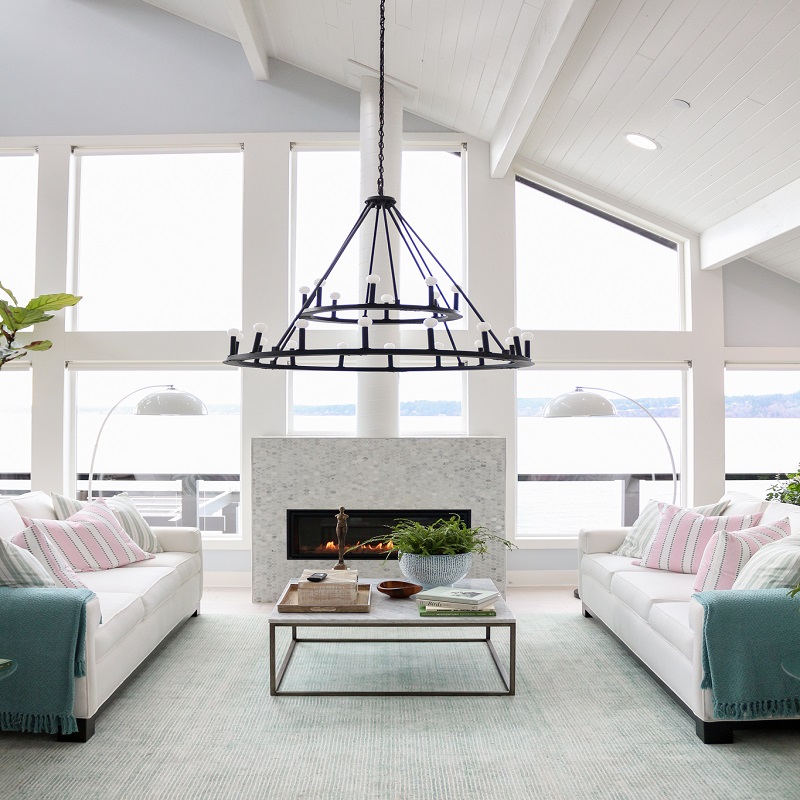
Triadic and Tetradic Color Schemes:
- Triadic Colors:
A triadic color scheme involves selecting three colors that are evenly spaced on the color wheel. This combination creates a vibrant visual contrast while maintaining balance. Examples include yellow, blue, and red or orange, green, and violet. - Tetradic Colors:
A tetradic color scheme is created by selecting two pairs of complementary colors. This combination provides a rich and purple and gold color palette that requires careful balance. For example, combining violet, yellow, green, and red-orange.
Color Coordination Tips:
- Dominant, Subdominant, and Accent Colors:
Consider designating one color as the dominant color, which will take up the most significant visual space. Choose a subdominant color to complement the dominant color, followed by an accent color that adds pops of visual interest and breaks up the color scheme. - Balance and Proportion:
Maintain a sense of balance and proportion within the color scheme. Ensure that one color does not overpower the others by using varying shades, hues, or saturation levels.
Application in Different Spaces:
- Residential Spaces:
Consider the atmosphere and purpose of each room. Tranquil colors like blues or greens work well in bedrooms, while vibrant and energetic colors like yellows or oranges can accentuate living areas. -
Commercial Spaces:
Choose colors that reflect the business’s brand personality, values, and target audience. Calming colors like blues or neutrals can foster a professional atmosphere in offices, while bold and vibrant colors can create an energetic ambiance in retail spaces. - Creating a harmonious dream color palette requires a thorough understanding of color relationships, coordination techniques, and an appreciation for balance and proportion. By implementing complementary, analogous, triadic, or monochromatic color schemes, you can create visually captivating and harmonious spaces that evoke the desired atmosphere and emotions. Embrace the power of color coordination and tap into the endless possibilities of color combinations to manifest your dream color palette.
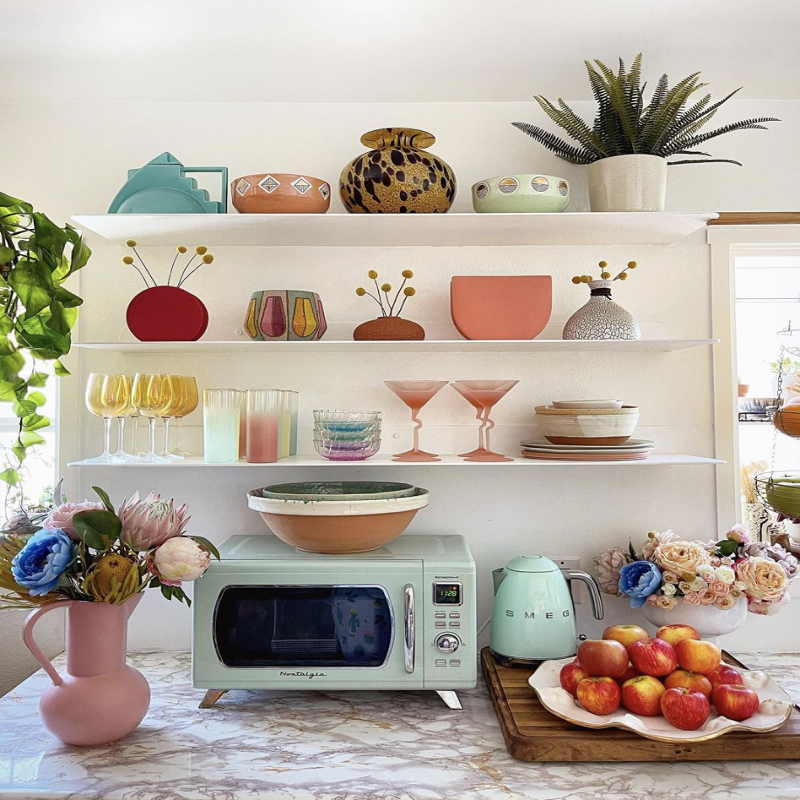
Conclusion:
Designing your office with a dream color palette has the power to elevate employee mood, boost productivity, and create an aesthetically appealing workspace. By understanding the principles of color psychology, selecting a well-coordinated color scheme, implementing the dream color palette effectively, and considering employee preferences, you can transform your office into a harmonious and inspiring environment. Embrace the power of color design and embark on a journey to create a productive, visually pleasing, and inviting office space.


